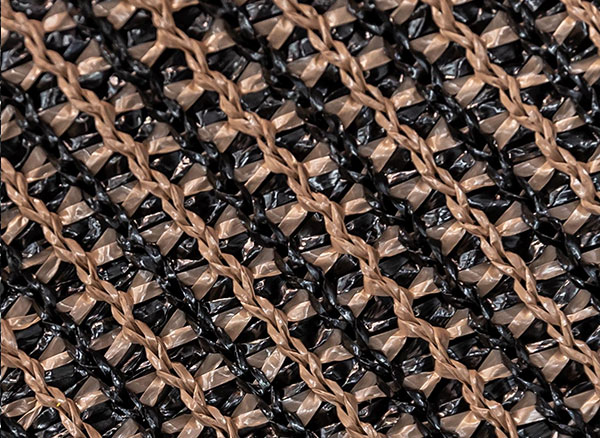Sunshade nets are seeing increased use across agricultural, commercial, and residential settings as a practical solution for managing sunlight and environmental exposure. Constructed from durable synthetic fibers, these nets are designed to regulate light levels, reduce heat, and offer protection from wind and debris. Their versatility and ease of installation have contributed to steady demand among farmers, gardeners, and property managers.
A primary function of sunshade nets is their ability to provide controlled shading for crops. By filtering sunlight, the nets help minimize heat stress and reduce water evaporation, creating more stable conditions for plant growth. This is particularly useful for vegetables, fruits, and ornamental plants that require moderate light exposure to thrive. Farmers report that sunshade nets help maintain consistent soil moisture and temperature, supporting healthier yields without relying on additional cooling methods.

Sunshade nets also serve as effective barriers against wind and airborne particles. Their woven design slows wind speed and reduces the impact of dust, sand, or leaves on delicate crops and outdoor areas. This feature is beneficial for open-field farming and greenhouse operations alike, where maintaining a balanced environment is essential for plant development and productivity.
Beyond agriculture, sunshade nets have found applications in public and private outdoor spaces. Parks, playgrounds, and sports facilities use them to create shaded areas for visitors, while event organizers employ them for temporary outdoor gatherings. In residential settings, homeowners use sunshade nets for patios, gardens, and carports, improving comfort and protecting outdoor furniture from prolonged sun exposure.
Durability is a key factor in the popularity of sunshade nets. Made from materials such as high-density polyethylene, many nets are treated to resist ultraviolet rays and withstand varying weather conditions. This resilience allows them to maintain structural integrity and color even after long periods of outdoor use, reducing the need for frequent replacement.
The adaptability of sunshade nets further enhances their usefulness. They are available in multiple shading percentages, enabling users to select the appropriate level of light filtration for specific needs. Customizable sizes and colors make it possible to integrate them into different environments, from large-scale farms to smaller backyard gardens, without significant modifications to existing structures.
Installation and upkeep are relatively straightforward. Sunshade nets can be secured using ropes, clips, or support frames and can be repositioned or removed when necessary. Maintenance typically involves simple cleaning to remove accumulated dust or organic matter, along with periodic checks to ensure the material remains intact and properly tensioned.
The growing emphasis on sustainable farming and energy-efficient outdoor solutions has also contributed to the demand for sunshade nets. By moderating light and temperature naturally, they reduce reliance on mechanical cooling systems and irrigation, supporting more resource-conscious practices. This aligns with broader environmental initiatives in both commercial agriculture and residential landscaping.
Manufacturers continue to innovate by offering sunshade nets with enhanced features, including reinforced edges for improved durability, finer mesh for pest control, and designs compatible with greenhouse frameworks. These developments address the evolving needs of users while ensuring consistent performance in diverse applications.
In summary, sunshade nets have established a solid role in agricultural and outdoor projects by offering reliable shading, wind protection, and adaptability. Their combination of durability and ease of use makes them a practical choice for individuals and organizations seeking to manage environmental conditions effectively.



 英语
英语 西班牙语
西班牙语










